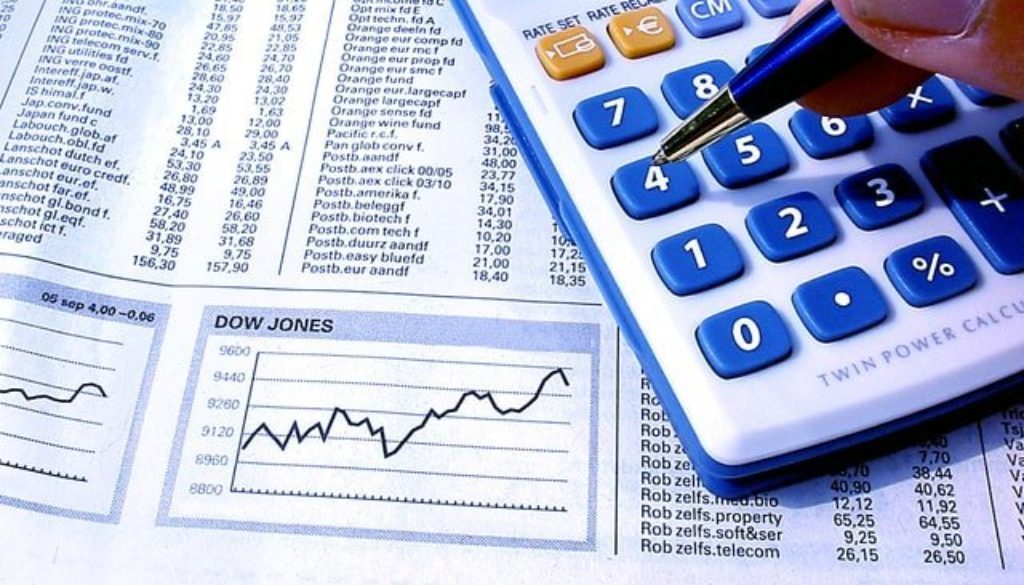Spend Analysis in Supply Chain Management
The broader picture beyond procurement is the supply chain, as procurement (or purchasing) is just one step in the supply chain.
Fundamentally, the goal of the supply chain is to take raw goods and materials and, in the end, have a finished product that a consumer or end-user desires. As there are many steps in the supply chain, there are many steps in procurement and procurement management.
If you’re executing your procurement strategies efficiently, you’re also continually running spend analysis reports. Therefore, it’s important to know how to interpret them, understand them, and know the importance of the role of spend analysis in supply chain management. Read on to learn how.
Spend Analysis in Supply Chain Management: What Are the Basic Parts of the Supply Chain?
Not everyone agrees on the specific steps when it comes to the supply chain. Some experts in the field say there are four steps, while others say as many as seven. At its most basic, the following is a solid explanation of how the supply chain works:
- Source raw materials or goods from suppliers.
- Manufacture or refine these goods into basic components.
- Assemble these components into parts and products.
- Sell products to distributors.
- Have distributors deliver the finished product to end-users and consumers.
You may wonder, where does spend analysis in supply chain management fit in these steps? It fits best under line item number one because you would be tracking your spend as you are sourcing your goods.
Spend Analysis in Supply Chain Management: Supply Chain Process
If you are consistently running spend analysis reports, then you likely are using spend analysis software, which is the most commonly used method in modern times. So, the question is, if your end goal is to boost ROI and reduce supply chain costs, are you using the right spend analysis technology? Generally, the spend analysis process and its steps should look along the lines of something like:
- Data gathering. First, you gather the available data to run a complete and thorough spend cube, ensuring that you have data from every source in your company.
- Data aggregation. In this step, you merge the data into one file to run an accurate report. Part of this step is to remove any duplicate data entries so that your report is accurate.
- Data cleanup. In this stage, you want to ensure you have clean data. You’re using all the same currency. Everything is in the same format. Nothing will be “kicked out” or ignored by the software because everything is uniform. Ensure that vendor and supplier names are correct during this step (also known as vendor name normalization).
- Vendor categorization. In one of the final steps, you want to categorize spend according to your sourcing needs and organizational nomenclature. Down the line, this helps you make better decisions more quickly when it comes to eSourcing.
- Spend cube generation. This is the final report, where you can analyze your spend, where it’s going, areas you should improve, vendors you should keep, vendors you should let go of, etc. Provided you can interpret the cube; it will help you make better decisions. There are many types of spend analysis software companies out there. Still, you want to ensure you choose one with a spend cube as part of its technology.
Once you’ve generated the spend cube, you have a better grasp on how everything fits together because now it’s time to make decisions.
Spend Analysis in Supply Chain Management: Reducing Costs to the Supply Chain
Once you have run your reports and have had time to analyze your spend cube, you can then take an in-depth look at the data and decide where you need to make improvements.
Ideally, this is how spend analysis in supply chain management works to improve matters.
Some of the common areas where you can make improvements include:
- Making your procurement process more centralized to reduce maverick spend
- Opting to use Vendor Managed Inventory (VMI) services to help reduce overspend
- Switching your suppliers
- Ensuring that all buying groups have switched to newly sourced suppliers
- Eradicating duplicate orders
- Consolidating orders
- Taking a deeper look at global markets, deciding if suppliers, where you must use currency conversion, are saving you money
- Opting for suppliers who apply volume discounts to orders
As you can see, spend analysis in supply chain management fits in many ways and can open your eyes to the ways of overspending, duplicate orders, incorrect pricing by the same supplier, whether global markets are saving you money or not, among other things. Spend analysis can also offer you transparency within the company and amongst your suppliers and can help cultivate a better supplier-purchaser relationship overall.
among other things. Spend analysis can also offer you transparency within the company and amongst your suppliers and can help cultivate a better supplier-purchaser relationship overall.
To learn more about how spend analysis in supply chain management fits, or to request a demo of SCM (supply chain management) or spend analysis software, contact EC Sourcing Group at 973-936-9672. We want to help you rethink the way you think about procurement.

